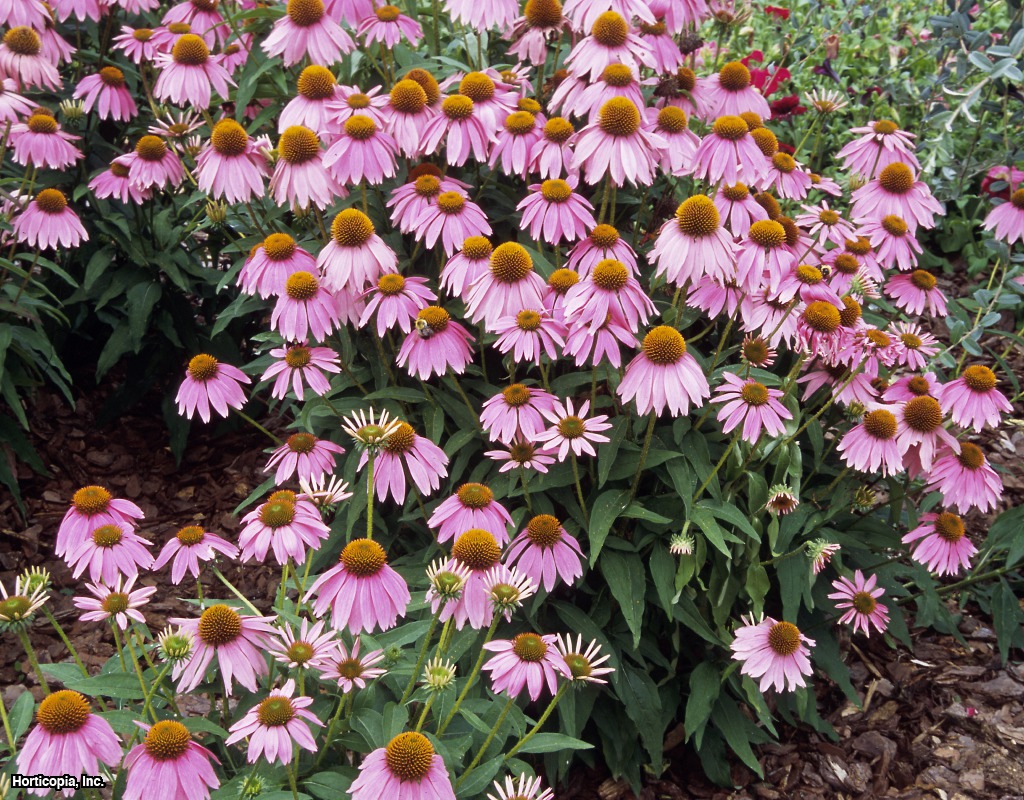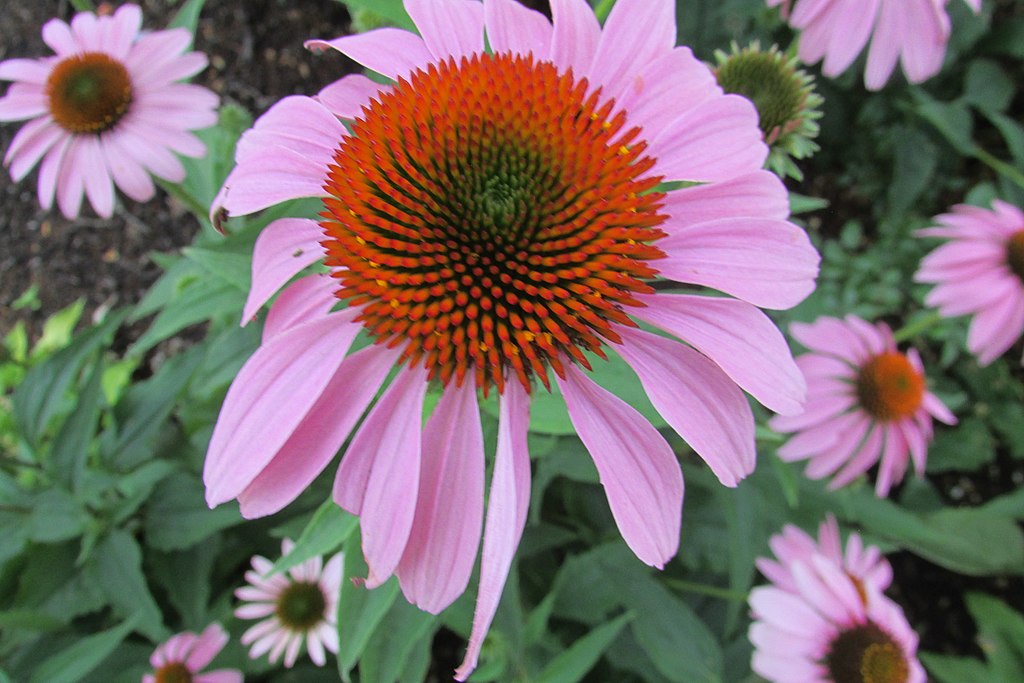


#DWARF PURPLE CONEFLOWER HOW TO#
At the end of the season, leave the spent flowers on the plant and you will be rewarded with fall and winter visits by goldfinches who feed on the seeds.Įchinacea 'Tangerine Dream' PP 21,773 How to Propagate Purple ConeflowerĮchinacea plants may be propagated by seed or division, but remember that hybrid cultivars will not come true from seed. Spent Echinacea flowers can be removed (dead-headed) to improve the general appearance of the plant, but it is not necessary. How do I keep coneflower looking its best through the summer? For best performance, however, we recommend at least 1-2" of water per week during the growing season. How much water does coneflower need?Įchinacea plants are tough native plants that are quite drought tolerant once established in the garden. The wild species Echinacea angustifolia and Echinacea pallida can tolerate more alkaline conditions while Echinacea paradoxa and Echinacea tennesseensis prefer a more acidic soil. Most of the Echinacea hybrids do well in a wide range of soil pH levels. Some wild species prefer alkaline and some prefer slightly acid soil. What type of soil pH does coneflower prefer? Poor drainage in the winter is very effective at killing coneflowers. Like most perennials, Echinacea performs best in a well-drained soil. What type of soil drainage does coneflower prefer?

They are very adaptable to soil type and can be grown in dry sandy soil, glacial tills, fluvial silts, loess, clay, loam soils, and even coal mine spoils. What kind of soil do coneflowers like?Įchinacea looks best in a compost ammended soil but tolerates nutrient poor soils better than most garden plants.
#DWARF PURPLE CONEFLOWER FULL#
What humidity levels does coneflower tolerate?Įchinacea plants tolerate humid air well and do well in the humidity of the east coast and midwest How much sunlight does a coneflower need?Įchinacea plants prefer full sun which means 6+ hours of direct sunlight per day. What temperatures do coneflowers like?Įchinacea plants prefer hot daytime temperatures during the summer. Most of the wild-types are hardy in zones 3-8 and can be grown almost anywhere in the continental US. They are great plants for southern gardeners but are also quite cold tolerant. Specific epithet means purple.Echinacea 'Sunset' PP 16,424 How to grow Purple Coneflowers (and red, and orange, and yellow coneflowers too)Įchinacea are fairly easy to grow. Genus name of Echinacea comes from the Greek word echinos meaning hedgehog or sea-urchin in reference to the spiny center cone found on most flowers in the genus. The dead flower stems will remain erect well into the winter, and if flower heads are not removed, the blackened cones may be visited by goldfinches or other birds that feed on the seeds. Showy daisy-like purple coneflowers (to 5 inches diameter) bloom throughout summer atop stiff stems clad with coarse, ovate to broad-lanceolate, dark green leaves. Echinacea purpurea, commonly called purple coneflower, is a coarse, rough-hairy, herbaceous perennial that is native to moist prairies, meadows, and open woods of the central to southeastern United States (Ohio to Michigan to Iowa south to Louisiana and Georgia). Coarsely-toothed, dark green leaves (to 6 inches long).Įchinacea Kims Knee High is a selection of Kim Hawks of Niche Gardens, Chapel Hill, North Carolina. This is a daisy-like coneflower that features drooping, clear rose-pink to purple-pink rays and large, pin cushion-like, coppery-orange to dark bronze central cones. If not cut back, plants may eventually reach 24 inches in height by the end of the summer. It typically begins blooming when its rigid stems reach 15 inches tall (knee-high). It is noted for its short habit and long summer bloom. Echinacea Kims Knee High is perfect for just about any size Garden.Įchinacea Kims Knee High is a compact or dwarf version of the familiar species plant. They are of vital importance to pollinators such as Honeybees and butterflies to name a few.

Dwarf Coneflower or Echinacea Kim's Knee High plants are easy-to-grow North American native plants that bloom heavily from summer to fall.


 0 kommentar(er)
0 kommentar(er)
